In today’s highly competitive world of architecture and design, showcasing your work effectively can be the key to attracting clients and opportunities. One powerful tool that architects and designers can utilize to exhibit their projects is an Architecture 3D Rendering Portfolio. This article will guide you through the process of creating and using an architecture 3D rendering portfolio to showcase your work effectively.
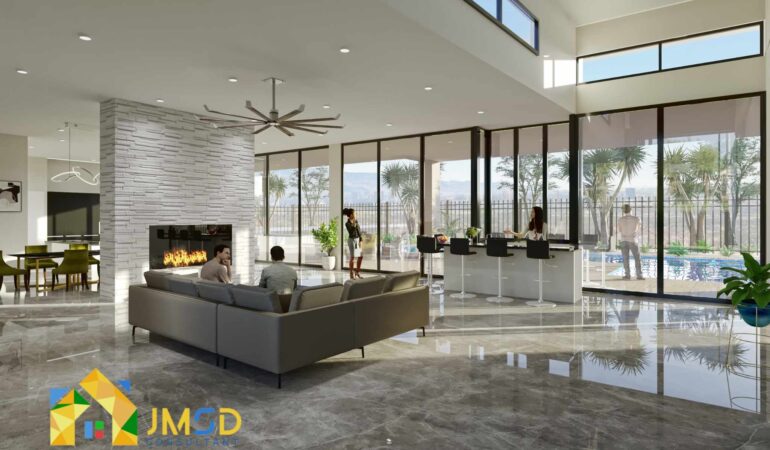
Understanding the Importance of an Architecture 3D Rendering Portfolio
Before delving into the tips for using an architecture 3D rendering portfolio, let’s first understand why it’s crucial for professionals in the field.
- Elevate Your Presentation : A well-crafted 3D rendering portfolio elevates your presentation by providing a visual narrative of your architectural projects. It allows potential clients and collaborators to see your designs in a realistic and immersive manner, making a lasting impression.
- Stand Out in a Crowded Market : In a saturated market, having a 3D rendering portfolio sets you apart from the competition. It demonstrates your commitment to innovation and modern technology, positioning you as a forward-thinking professional.
- Enhance Communication : Visual communication is powerful. A 3D rendering portfolio enhances your ability to communicate your design ideas clearly, even to individuals who may not have a deep understanding of architecture.
Creating Your Architecture 3D Rendering Portfolio :
Now that you understand the importance, let’s dive into the steps for creating an effective architecture 3D rendering portfolio.
- Select Your Best Projects : Choose a selection of your most impressive projects to include in your portfolio. Quality matters more than quantity, so focus on showcasing your best work.
- High-Quality Renders : Invest in High-Quality 3D Rendering. The realism and detail in your renders can make or break your portfolio’s impact.
- Organize Your Portfolio : Organize your projects logically. Create sections or categories that highlight your expertise in various architectural styles or project types.
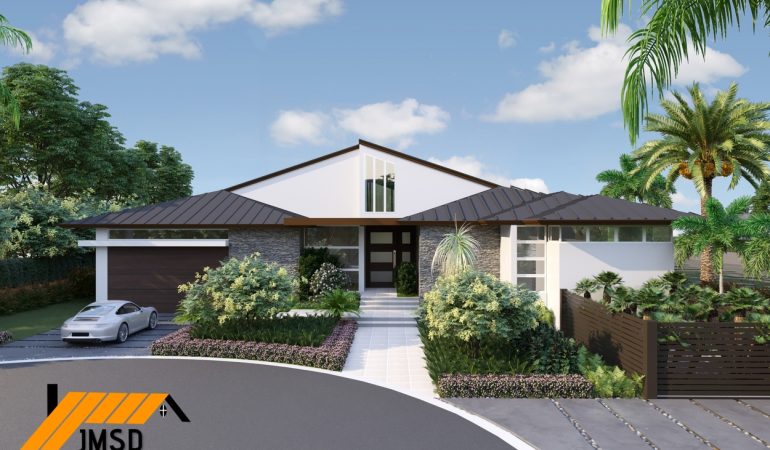
Tips for Effective Use :
Once you’ve created your 3D rendering portfolio, here are some tips for using it effectively.
- Create an Online Portfolio : In the digital age, it’s essential to have an online presence. Create a professional website or use platforms like Behance to display your portfolio.
- Use Social Media : Leverage social media platforms like Instagram, Pinterest, and LinkedIn to share your portfolio and connect with potential clients and collaborators.
- Tell a Story : When presenting your projects, tell a compelling story. Explain the design process, challenges faced, and how you overcame them. People love stories, and it makes your work more relatable.
- Seek Feedback : Don’t be afraid to seek feedback from peers and mentors. Constructive criticism can help you improve both your portfolio and your skills.
- Stay Updated : Keep your portfolio current. As you complete new projects, update your portfolio to showcase your latest work.
Conclusion :
In conclusion, an architecture 3D rendering portfolio is a powerful tool for architects and designers looking to showcase their work effectively. By understanding its importance, creating a high-quality portfolio, and using it strategically, you can elevate your career and attract exciting opportunities in the competitive world of architecture and design.
Now that you have a comprehensive understanding of creating and utilizing an architecture 3D rendering portfolio, it’s time to put these tips into action and watch your career in architecture and design soar. Happy showcasing!
Contact Us & We Will Get Back To You Shortly :
We’re excited to hear from you. Contact Us now for 3D Aerial View | 3D Exterior Rendering | 3D Walkthrough | 3D Floor Plan and 3D Interior Rendering Services.
Unlock the full potential of your imagination with our exceptional Contact us today to take your project to the next level. We will be glad to assist you! Contact Us Ready to Start the Conversation? Whether you’re looking to Architectural 3D Rendering project, we’re ready to help deliver on your unique vision. Call us at (743) 333-3347 or get in touch email us at [email protected]
FREQUENTLY ASKED QUESTIONS :
Q1 : What software is best for creating 3D renders for my portfolio?
A1 : There are several options available, including SketchUp, Blender, and Autodesk 3ds Max. Choose the one that best suits your needs and skills.
Q2. How often should I update my 3D rendering portfolio?
A2 : It’s a good practice to update your portfolio with new projects every six months to a year to keep it fresh and relevant.
Q3. Can I include work-in-progress projects in my portfolio?
A3 : While it’s essential to showcase completed projects, including work-in-progress projects can demonstrate your design process and problem-solving skills.
Q4. Should I hire a professional photographer for my project photos?
A4 : Hiring a professional photographer can significantly enhance the quality of your project photos, making them more appealing in your portfolio.
Q5 : Is it necessary to have a physical portfolio in addition to an online one?
A5 : While online portfolios are essential in today’s digital age, having a well-designed physical portfolio can be a memorable leave-behind during in-person meetings and presentations.
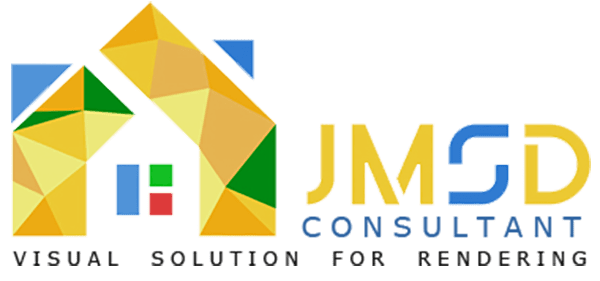
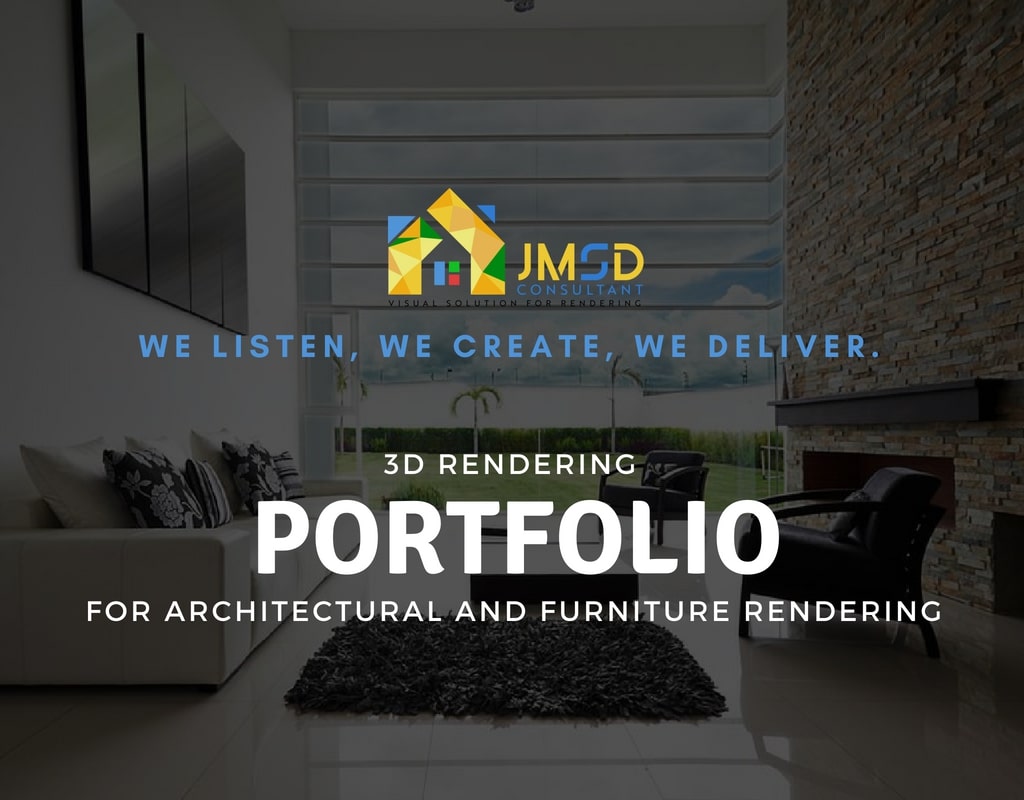

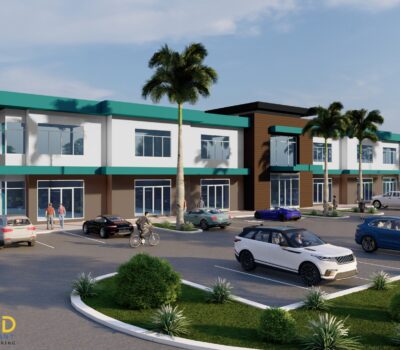
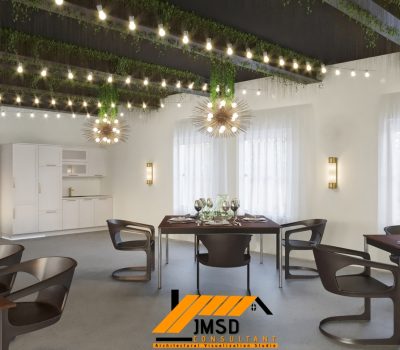

1 Comment
[…] Related Post : Architecture 3D Rendering Portfolio to Showcase Your Work […]